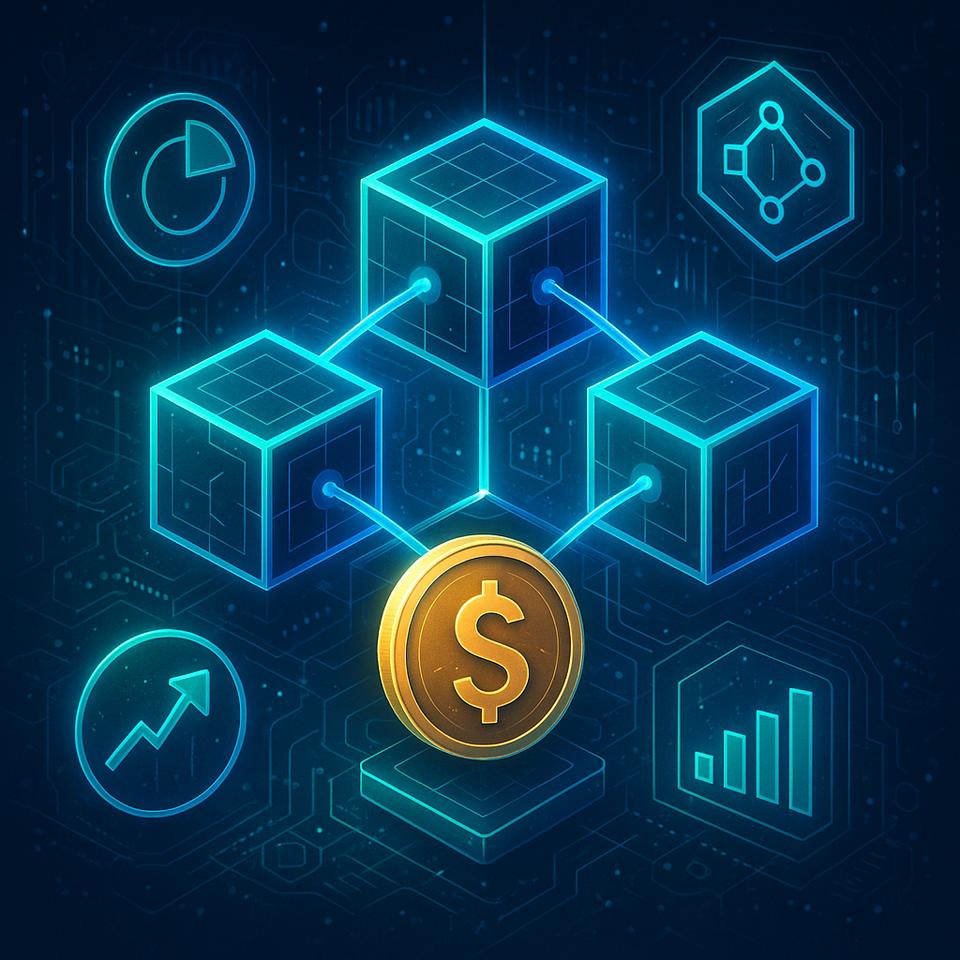
Introduction
The world of cryptocurrency is full of new and often confusing concepts, but few have captured public attention as much as Non-Fungible Tokens (NFTs). From digital art selling for millions of dollars to iconic video game collectibles, NFTs have created a new category of digital assets that challenge our traditional understanding of ownership. While they are often associated with high-priced sales and speculative hype, NFTs represent a much broader and more foundational shift in how we can verify ownership of digital and physical items. Understanding what an NFT is, how it works, and its potential applications is a crucial first step for anyone exploring the intersection of art, technology, and investing in crypto. This comprehensive guide will demystify NFTs, explaining their core technology, their various use cases, and the risks and opportunities they present.
What Exactly is a Non-Fungible Token (NFT)?
To understand an NFT, we first need to understand the difference between “fungible” and “non-fungible.”
- Fungible: This means an item is interchangeable with another identical item. For example, a dollar bill is fungible. You can trade one dollar for another, and they have the exact same value. The same is true for Bitcoin or Ethereum.
- Non-Fungible: This means an item is unique and cannot be replaced with something else. For example, a specific piece of art, a rare baseball card, or a house are all non-fungible. An NFT is a digital token that proves ownership of a unique item.
An NFT is a unique digital asset that is stored on a blockchain, usually Ethereum. This blockchain record serves as a public ledger that verifies the ownership and authenticity of a specific digital item. The NFT itself is a digital certificate of ownership, not the digital item itself. For example, when you buy an NFT of a digital artwork, you don’t own the artwork’s copyright. You own the token that proves you are the one true owner of that specific, unique digital file. This verifiable ownership is what gives NFTs their value.
How Does an NFT Work?
The technology behind NFTs is what makes them so powerful. An NFT is created through a process called “minting.” When a creator mints an NFT, they are essentially publishing a unique token on a blockchain. This token contains a special piece of code that stores metadata, which includes information about the asset, such as a link to the digital file (an image, video, or audio file), and a record of its creator and owner.
Because this information is stored on a decentralized blockchain, it is immutable and transparent. Everyone can see who owns a specific NFT and who created it. This public record solves the problem of scarcity and authenticity in the digital world. While you can easily copy and paste a JPEG image, you can’t copy the unique NFT that proves original ownership.
Beyond Art: The Diverse Use Cases of NFTs
While NFTs gained fame in the art world, their applications extend far beyond JPEGs. The potential for NFTs is vast and continues to grow.
1. Digital and Physical Art
This is the most well-known use case. NFTs have given digital artists a way to monetize their work and create scarcity in a medium that was previously infinitely reproducible. This has created a new economy for digital art. The technology can also be used to create a digital certificate of authenticity for a physical piece of art.
2. Gaming
NFTs are revolutionizing the gaming industry. Players can now own in-game items—like characters, weapons, or virtual land—as NFTs. This allows them to truly own the asset, trade it with other players, or even sell it outside of the game’s marketplace. This creates a new “play-to-earn” economy.
3. Collectibles
Similar to trading cards or stamps, NFTs can represent digital collectibles. This includes everything from sports highlights (like NBA Top Shot) to unique avatars (like CryptoPunks).
4. Real-World Assets
The technology behind NFTs has the potential to digitize ownership of physical assets. Imagine owning a fraction of a piece of real estate or a luxury watch through an NFT. This could make it easier to buy, sell, and trade high-value assets.
5. Ticketing and Identity
NFTs could replace traditional tickets for events. An NFT ticket would be a unique token that proves you have a valid ticket. This could help combat fraud and provide a new layer of security. Similarly, NFTs could be used to create decentralized digital identities.
The Risks and Challenges of NFT Investing
Despite the excitement, investing in crypto and NFTs comes with significant risks that new investors must be aware of.
1. High Volatility and Speculation
The NFT market is highly speculative. The value of an NFT is often driven by hype and trends, which can change in an instant. This leads to extreme price volatility, and it is very easy to lose a significant amount of money. Many NFTs may become worthless over time.
2. Liquidity Risk
Most NFTs are illiquid. Unlike fungible cryptocurrencies like Bitcoin, which have deep liquidity, it can be very difficult to sell an NFT, especially a less popular one. You may have to wait for a long time or sell at a much lower price than you paid.
3. Security Risks
While the blockchain itself is secure, the platforms and wallets used to buy and store NFTs are vulnerable to hacking, phishing scams, and theft. The digital assets themselves can be stolen if your private keys are compromised.
4. Valuation Challenges
There is no standard way to value an NFT. Unlike a company, which has revenue and earnings, an NFT’s value is often based on its uniqueness, its creator’s reputation, and market sentiment. This makes it very difficult for new investors to determine a fair price.
Conclusion
Non-Fungible Tokens are more than just a passing fad. They are a groundbreaking technology that is redefining how we think about ownership and scarcity in a digital world. While the market is still in its early stages and carries significant risks, the potential use cases for NFTs in art, gaming, and beyond are enormous. For those interested in investing in crypto, it’s crucial to approach the NFT space with a strong financial planning mindset. Be aware of the risks of volatility and illiquidity, and never invest more than you can afford to lose. By understanding the core technology and potential applications, you can explore this new frontier with a balanced and informed perspective.


